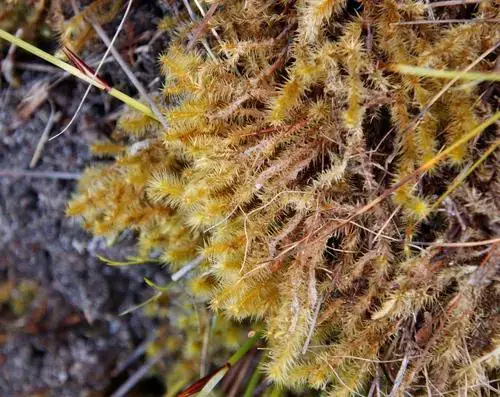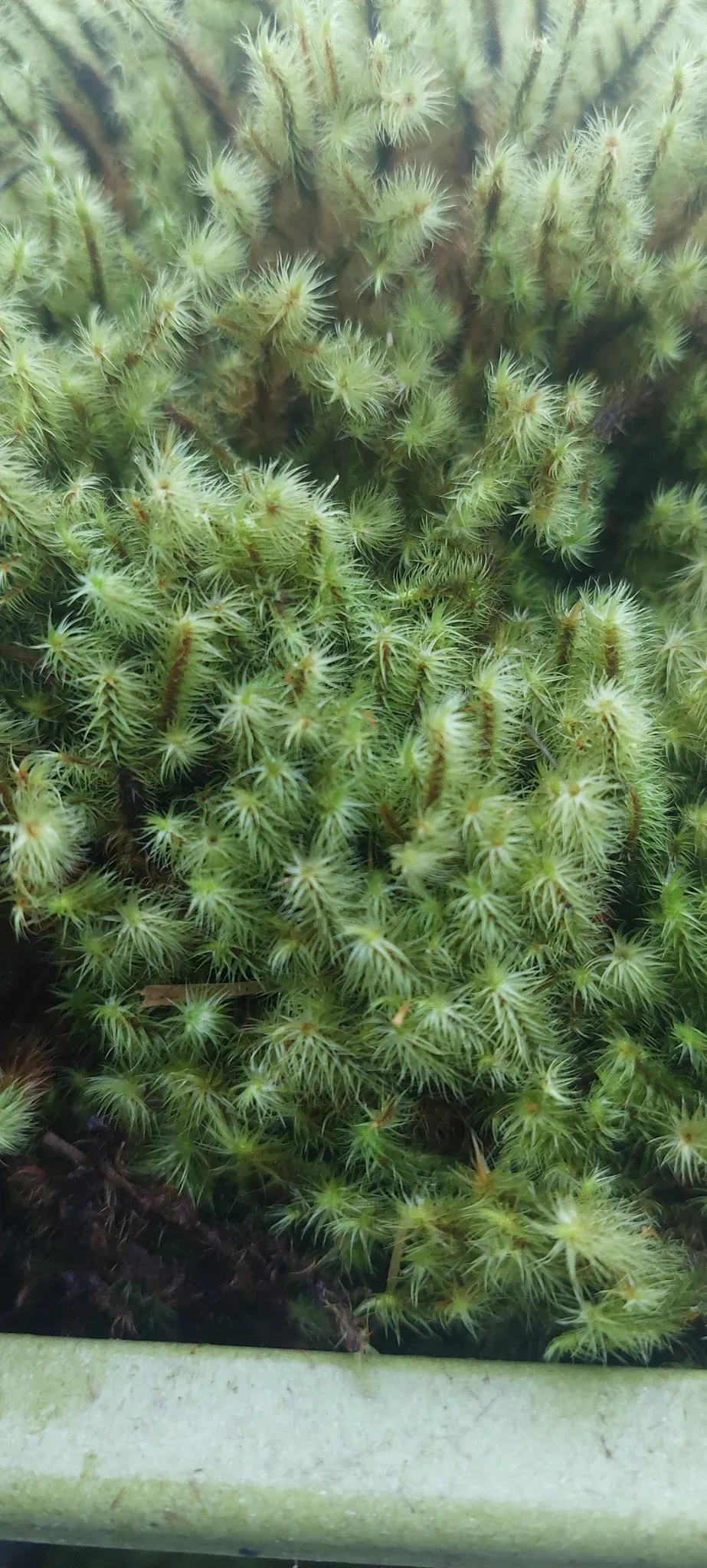
medium.jpeg from: https://www.inaturalist.org/taxa/272667-Breutelia
Exploring the Fascinating World of Breutelia jamaicensis Moss
Breutelia jamaicensis (Mitt.) A.Jaeger, commonly known as

20230129_154917_1024x1024@2x.jpg from: https://mossclerks.co.uk/products/gold-headed-moss-breutelia
Breutelia moss, is a captivating species of moss belonging to the Bartramiaceae family. As a member of the Bryophyta division and Bryopsida class, this moss has garnered attention from enthusiasts and researchers alike for its unique characteristics and ecological significance. In this blog post, we will delve into the intriguing world of Breutelia jamaicensis and uncover its morphology, global distribution, habitat preferences, and ecological roles.
Background
Mosses are small, non-vascular plants that play crucial roles in various ecosystems worldwide. They are known for their ability to colonize diverse habitats and contribute to nutrient cycling, water retention, and providing shelter for microorganisms and small invertebrates. Breutelia jamaicensis is one such moss species that has captured the interest of bryologists and nature enthusiasts due to its distinct features and adaptations.
Morphology and Identification
Breutelia jamaicensis exhibits a unique morphology that sets it apart from other moss species. It forms dense, cushion-like tufts with erect stems that can reach up to 5 cm in height. The leaves are lanceolate in shape, with a serrated margin and a prominent midrib. The leaf cells are elongated and narrow, giving the leaves a glossy appearance. The moss produces sporophytes with elongated capsules that are cylindrical in shape and have a peristome with double teeth.
Global Distribution and Habitat
Breutelia jamaicensis has a wide global distribution, primarily found in tropical and subtropical regions. It is native to Central and South America, including countries such as Jamaica, Costa Rica, Brazil, and Colombia. This moss species thrives in moist, shaded environments, often growing on rocks, tree trunks, and soil in rainforests, cloud forests, and montane forests. It prefers high humidity and moderate temperatures, making it well-adapted to the conditions found in these ecosystems.
Ecological Roles and Adaptations
Breutelia jamaicensis plays significant ecological roles in the habitats it occupies. As an epiphytic moss, it grows on the surfaces of trees and rocks, contributing to the diversity and complexity of the ecosystem. The dense cushions formed by this moss help in water retention, preventing soil erosion, and providing a microhabitat for various organisms. The moss also participates in nutrient cycling by absorbing and releasing nutrients from the atmosphere and decomposing organic matter.
One remarkable adaptation of Breutelia jamaicensis is its ability to tolerate periods of desiccation. During dry spells, the moss can enter a dormant state, reducing its metabolic activities and preventing water loss. When moisture becomes available again, the moss quickly rehydrates and resumes its growth and physiological processes. This adaptation allows Breutelia jamaicensis to thrive in environments with fluctuating water availability.
| Characteristic | Description |
|---|---|
| Family | Bartramiaceae |
| Genus | Breutelia |
| Species | B. jamaicensis |
| Leaf Shape | Lanceolate |
| Leaf Margin | Serrated |
| Midrib | Prominent |
| Capsule Shape | Cylindrical |
| Peristome Teeth | Double |
Conclusion
Breutelia jamaicensis (Mitt.) A.Jaeger is a fascinating moss species that captivates enthusiasts with its unique morphology, wide distribution, and ecological significance. Its ability to thrive in tropical and subtropical regions, adapt to varying moisture conditions, and contribute to ecosystem functions makes it a valuable component of the bryophyte community. As we continue to explore the world of mosses, species like Breutelia jamaicensis remind us of the incredible diversity and resilience of these small but mighty plants. So, the next time you find yourself in a lush rainforest or cloud forest, keep an eye out for the glossy, cushion-like tufts of Breutelia jamaicensis and marvel at the wonders of the bryophyte world!